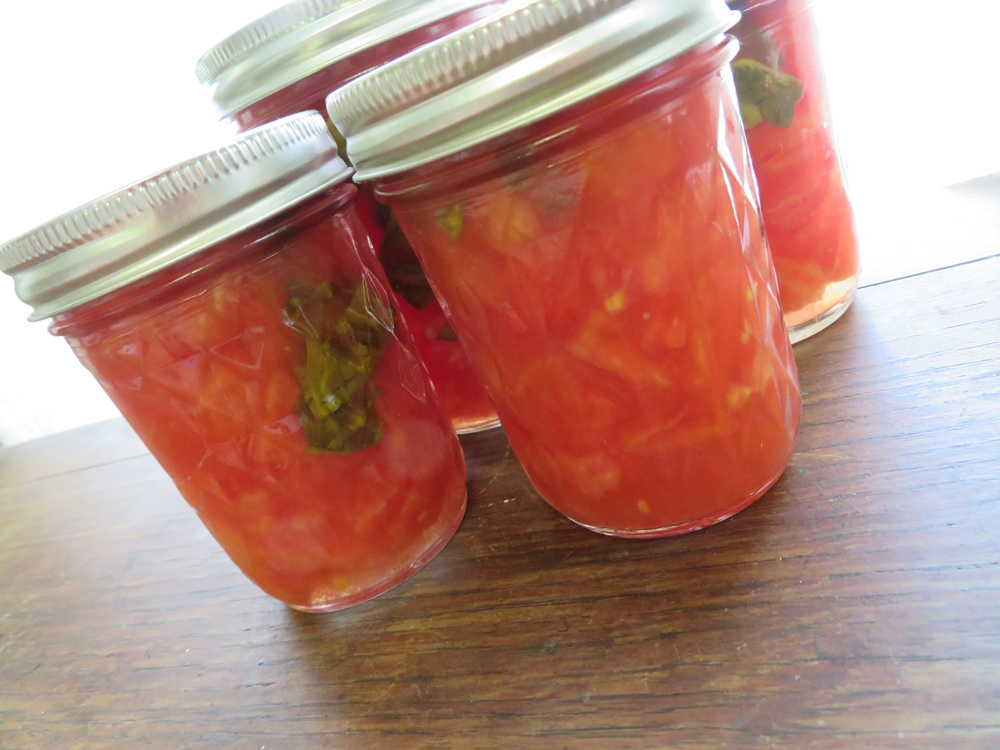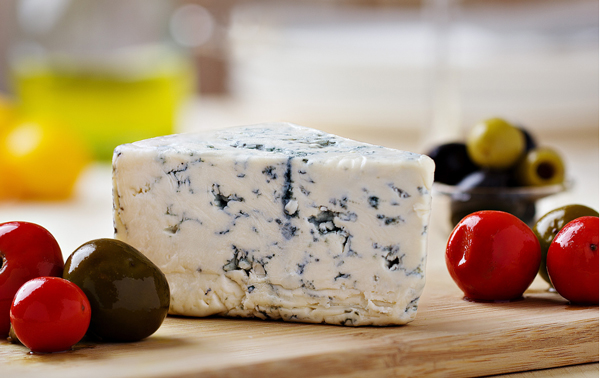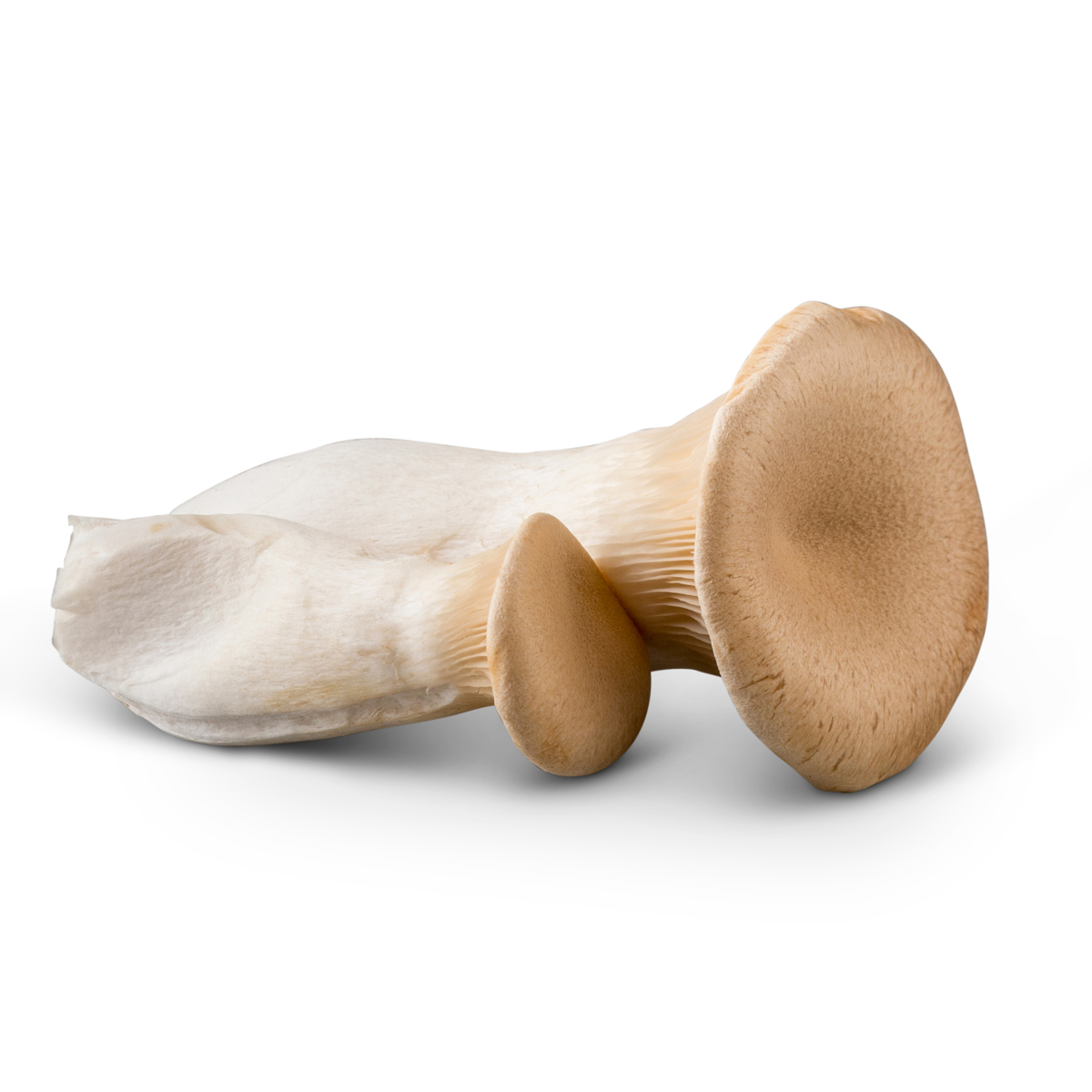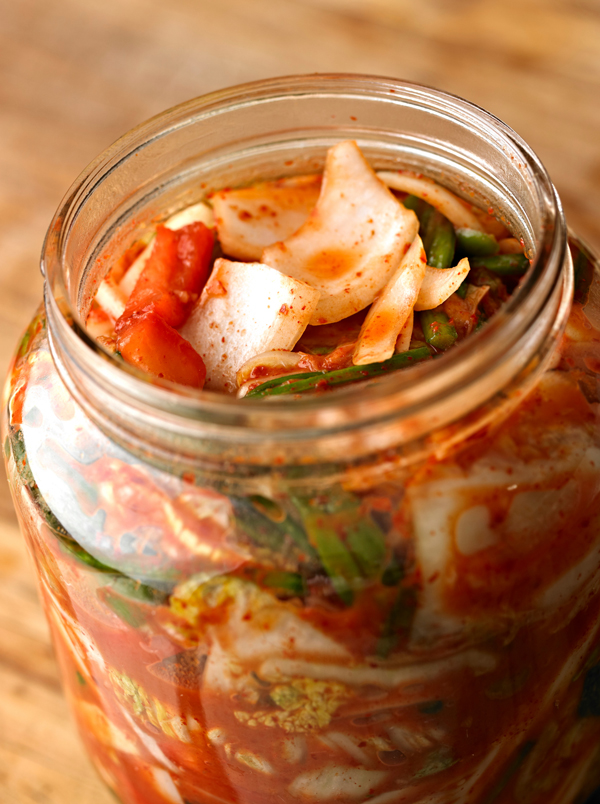Ninety-eight percent of Americans say they like pizza and it is the second most popular fast food in the country. People love pizza! Have you ever wondered what is it about the fermented dough, tomato sauce, grated cheese and roasted toppings people find so craveable? All these ingredients have one thing in common: umami. Pizza is an umami bomb, but that’s not how most people describe it.
Umami is the fifth taste and arguably the most difficult to identify. Previously in the Gold Medal Classroom article “Instructors teaching umami from a scientific view can alter students’ flavor awareness forever,” umami was broken down into a tasty part, an amino acid called glutamate. This acid combines with a protein molecule in an application and enhances the “deliciousness” flavor. It’s all about glutamate. According to the article, one way to add glutamate is monosodium glutamate or MSG. Another way is to incorporate umami-rich ingredients – or ingredients that naturally contain a high glutamate level – like tomatoes, aged cheeses, mushrooms, seafood and meat, sauces and fermented items in a dish. Speaking of a dish – as in deep dish – all these ingredients can be found in pizza.
Let’s break down these umami-packed foods, understand their meaty taste and explore ways to teach this basic flavor to culinary students.
 Tomatoes
Tomatoes
Tomatoes are a great source of umami flavor and contain 150–250 mg of glutamic acid per 3.5 ounces. Keep in mind that as tomatoes ripen, their glutamic acid levels increase. And tomatoes that ripen on the vine will end up with more glutamic acid than those picked green and ripen off the vine. Dried tomatoes are more concentrated, providing 650–1,140 mg of glutamic acid in the same serving.
An instructional exercise in teaching umami: Have culinary students taste tomatoes in their various stages of ripening including a dried tomato and note the differences in flavor.
Cheese
Most cheeses are fermented and the longer they ferment the drier they become. As this process works, the umami content is created. Chef Joe Baird, cheese expert for Real California Milk explained, “Aged cheeses tend to have the most-savory umami flavor because of enzymatic breakdown of milk proteins into amino acids. In cheese, glutamate is the main amino acid that creates those umami flavors,” he said.
Cheeses that have been aged four months or longer tend to have the most umami traits. The aging process draws moisture out which creates more amino acids. Examples of cheeses with a high glutamate content include blue-veined, parmesan, sharp cheddar, aged gouda, feta, brie and camembert.
Chef Baird noted that blue cheeses are more acidic and tangier with notes of licorice, briny oysters and buttermilk while sharp cheddars can have smoother qualities of beef broth and tropical fruits. California Aged Gouda will taste like buttered rum and salted caramel which makes it a perfect dessert cheese.
A kitchen classroom exercise teaching students to identify umami in cheese by Real California Milk Chef Baird:
Set up a vertical and horizontal tasting. A vertical tasting includes the same cheeses (cheddar, gouda, brie, blue) typically by the same producer but at different ages, while a horizontal tasting will let you try the same style of cheeses by different producers. Students will gradually taste the evolution of the flavors from young to the most-aged varieties.
 Mushrooms
Mushrooms
Mushrooms are high in natural flavor-enhancing glutamate. The Glutamate Association estimates that mushrooms contain about 180 milligrams of free glutamate per 100-gram serving. Shiitake and enoki mushrooms are the richest in glutamate. But all mushrooms impart a savory, brothy or beefy flavor which is umami.
Chef Andrew Hunter, foodservice culinary consultant for the Mushroom Council, suggests trying portabella mushrooms in soups and stocks for their earthy notes. Portabella mushrooms can stand on their own as a beef patty replacement option because the mushroom’s size (four inches across fitting a standard hamburger bun), texture and flavor mimic beef.
Oyster and trumpet mushrooms are one of Chef Hunter’s favorites. “I think they are the most meat-like,” he said. He suggests cutting the trumpet mushroom crosswise into scallop-like segments and then poaching, drying and searing them. “It tastes remarkably like a sea scallop. You can even poach them in seaweed broth to bring out the briny notes.” He added that the trumpet skin can be slightly chewy. He proposes cutting the mushroom crosswise and using a circle cutter to remove the skin. “You can soak the skin in coconut milk, bread it in panko and fry it and the skin will feel and taste like calamari.”
Roasting or dying mushrooms amps up their natural umami flavor. Similar to cheese, as moisture leaves the mushroom, there is a change in the molecular structure and the glutamate intensifies.
The Mushroom Council’s Chef Hunter suggests this simple classroom lesson to help culinary students identify umami in mushrooms and tomatoes:
Get four plates, two for tomatoes and two for mushrooms. Slice button mushrooms and plate them. Slice more mushrooms and roast them in neutral oil with no salt or pepper and plate those. Take cherry tomatoes and plate some raw. Roast additional tomatoes with only oil and plate those. Have students taste the difference between raw and roasted mushrooms and tomatoes and note their differences in taste.
Meat and seafood
It is obvious to say that meat tastes like umami-rich meat. However, the glutamate content makes some meats taste meatier. Think about why cooks sprinkle bacon yet may not choose to sprinkle chicken. The more intense meat flavors have higher umami and require less of the ingredient.
Here are the glutamate contents for different meats per 3.5 ounces:
|
Glutamate |
|
|
Bacon |
198 mg |
|
Dry/cured ham |
340 mg |
|
Pork |
10 mg |
|
Beef |
10 mg |
|
Chicken |
20–50 mg |
Seafood is another protein that can have a meaty, savory flavor. Here are the glutamate contents for different types of seafood per 3.5 ounces:
|
Glutamate |
|
|
Dried baby sardines |
40–50 mg |
|
Bonito flakes |
30–40 mg |
|
Bonito fish |
1–10 mg |
|
Tuna |
1–10 mg |
|
Yellowtail |
5–9 mg |
|
Sardines |
10–20 mg |
|
Mackerel |
10–30 mg |
|
Cod |
5–10 mg |
|
Shrimp |
120 mg |
|
Scallops |
140 mg |
|
Anchovies |
630 mg |
Fermented foods
Fermentation changes the molecular structure of food which can result in a high degree of umami-rich glutamic acid. However, not all fermentation creates this umami appeal. Foods like yogurt, sourdough, kombucha and sauerkraut contain a sour note within their final taste. Let’s look at foods that do impart an umami flavor as a result of fermentation.
Tempeh: Soybeans are naturally high in glutamate. When fermented, for example in tempeh, it breaks down proteins and releases free amino acids, such as glutamic acid.
Miso: Miso is a seasoning made from soybeans, which are mixed with rice malt and then left to ferment. In miso, the protein of the soybeans is broken down by fermentation into amino acids, resulting in a large amount of glutamic acid.
Soy sauce: Soy sauce is produced through a two-step fermentation process called koji (solid-state fermentation) and moromi (brine fermentation). Both of these processes create a high degree of umami glutamic acid.
Kimchi: Kimchi contains 240 mg of glutamate per 3.5 ounces. It’s high in umami compounds as a result of fermentation with Lactobacillus bacteria. Kimchi is made using napa cabbage and left to ferment with additional seasonings including spicy gochugaru chili pepper. Kimchi makes the most of umami in vegetable and fermented seasonings.
Fish sauce: The earthy, savory umami flavor of fish sauce is thanks to fermentation. Although it may be fishy, this is complemented by a salty and briny taste, making it delicious. Fish sauce can be added to marinades, stir-fries, and salad dressings to achieve an umami complexity.
Photos courtesy of the Mushroom Council and Real California Milk.
Click here to read a Gold Medal Classroom story detailing umami-rich ingredients specifically featured in Asian cuisine.
